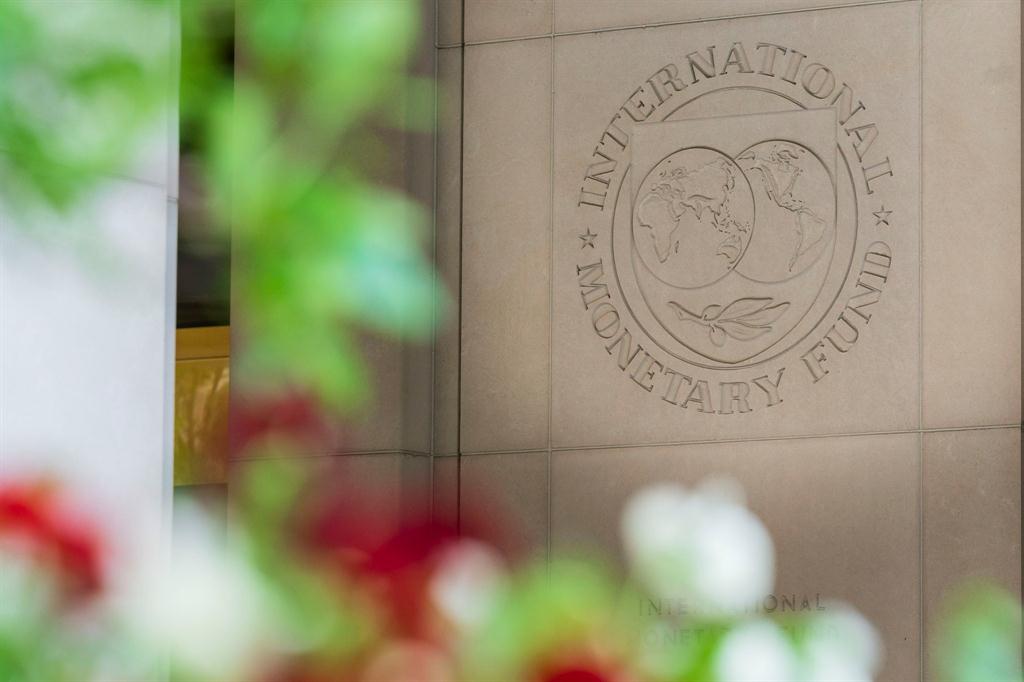Global debt shoots up: IMF
World debt at 256% of GDP as more help for Africa put in place
Global debt rose to US$226 trillion in 2020 after seeing its biggest yearly increase since World War II, with richer nations doing most of the borrowing, the IMF said Wednesday.
Global debt now stands at 256% of GDP, a high level that countries across the world will have to consider as they seek to revitalize their economies from the Covid-19 downturn while dealing with new variants such as Omicron.
"The large increase in debt was justified by the need to protect people's lives, preserve jobs and avoid a wave of bankruptcies. If governments had not taken action, the social and economic consequences would have been devastating," IMF officials wrote in a blog outlining the latest update to the Washington-based crisis lender's Global Debt Database.
"But the debt surge amplifies vulnerabilities, especially as financing conditions tighten. High debt levels constrain, in most cases, the ability of governments to support the recovery and the capacity of the private sector to invest in the medium term."
The global public debt ratio hit a record high of 99% of GDP, and borrowing by governments accounted for more than half of last year's overall increase, while household debt also posted its own record, the IMF said.
Public debt has now reached its highest share of total global debt since the mid-1960s, which the IMF attributed to the policy responses against both the Covid-19 pandemic in 2020 and the 2008 global financial crisis.
Wealthier nations made up 90% of last year's debt increase, according to the data, with both public debt and private debt increasing in those countries. Nations with fewer means such as emerging markets and low-income developing countries took on much smaller amounts of about US$1 trillion in debt each.
Meanwhile the World Bank's fund to help the world's poorest nations got a US$93 billion injection of cash to help scale up aid for pandemic recovery and other programs, the institution announced Wednesday.
It was the biggest replenishment ever for the International Development Association (IDA), which provides grants for 74 countries, most of which are in Africa, the Washington-based development lender said.
The package includes US$23,5 billion of contributions from 48 high- and middle-income countries as well as financing raised in the capital markets and the World Bank's own contributions, according to a statement.
"Today's generous commitment by our partners is a critical step toward supporting poor countries in their efforts to recover from the Covid-19 crisis," World Bank President David Malpass said. The IDA fund is replenished every three years, but because of the pandemic, the latest cash injection was pulled forward by a year and will be in place through June 2025.
The World Bank said the funds will help countries better prepare for future crises, including pandemics, financial shocks and natural disasters. While the funds will support countries globally, resources are increasingly going to Africa, which will receive about 70% of the funding.
Nampa/AFP
Global debt now stands at 256% of GDP, a high level that countries across the world will have to consider as they seek to revitalize their economies from the Covid-19 downturn while dealing with new variants such as Omicron.
"The large increase in debt was justified by the need to protect people's lives, preserve jobs and avoid a wave of bankruptcies. If governments had not taken action, the social and economic consequences would have been devastating," IMF officials wrote in a blog outlining the latest update to the Washington-based crisis lender's Global Debt Database.
"But the debt surge amplifies vulnerabilities, especially as financing conditions tighten. High debt levels constrain, in most cases, the ability of governments to support the recovery and the capacity of the private sector to invest in the medium term."
The global public debt ratio hit a record high of 99% of GDP, and borrowing by governments accounted for more than half of last year's overall increase, while household debt also posted its own record, the IMF said.
Public debt has now reached its highest share of total global debt since the mid-1960s, which the IMF attributed to the policy responses against both the Covid-19 pandemic in 2020 and the 2008 global financial crisis.
Wealthier nations made up 90% of last year's debt increase, according to the data, with both public debt and private debt increasing in those countries. Nations with fewer means such as emerging markets and low-income developing countries took on much smaller amounts of about US$1 trillion in debt each.
Meanwhile the World Bank's fund to help the world's poorest nations got a US$93 billion injection of cash to help scale up aid for pandemic recovery and other programs, the institution announced Wednesday.
It was the biggest replenishment ever for the International Development Association (IDA), which provides grants for 74 countries, most of which are in Africa, the Washington-based development lender said.
The package includes US$23,5 billion of contributions from 48 high- and middle-income countries as well as financing raised in the capital markets and the World Bank's own contributions, according to a statement.
"Today's generous commitment by our partners is a critical step toward supporting poor countries in their efforts to recover from the Covid-19 crisis," World Bank President David Malpass said. The IDA fund is replenished every three years, but because of the pandemic, the latest cash injection was pulled forward by a year and will be in place through June 2025.
The World Bank said the funds will help countries better prepare for future crises, including pandemics, financial shocks and natural disasters. While the funds will support countries globally, resources are increasingly going to Africa, which will receive about 70% of the funding.
Nampa/AFP




Kommentaar
Republikein
Geen kommentaar is op hierdie artikel gelaat nie